An important feature of modern chemical production is the large-scale and highly automated production equipment. Automation is the basic condition and important guarantee for the safe operation, smooth operation and improvement of efficiency of production equipment.
However, with the development of production and the improvement of automatic control level, the corrosion problem of chemical instruments has become increasingly prominent. The anti-corrosion of chemical instruments has increasingly become an important issue that the instrument industry urgently needs to solve.
Chemical instruments are essential monitoring equipment. On the one hand, chemical instruments can maintain the smooth operation of chemical production lines, and on the other hand, they can also protect lives and property. For field instruments, if they are exposed to the sun and rain for a long time, the instruments are prone to malfunctions.
This requires us to do a good job in anti-corrosion of the instruments. Strengthening the management and maintenance of the instruments can not only improve the accuracy of the instruments, but also It can extend the service life of the instrument.
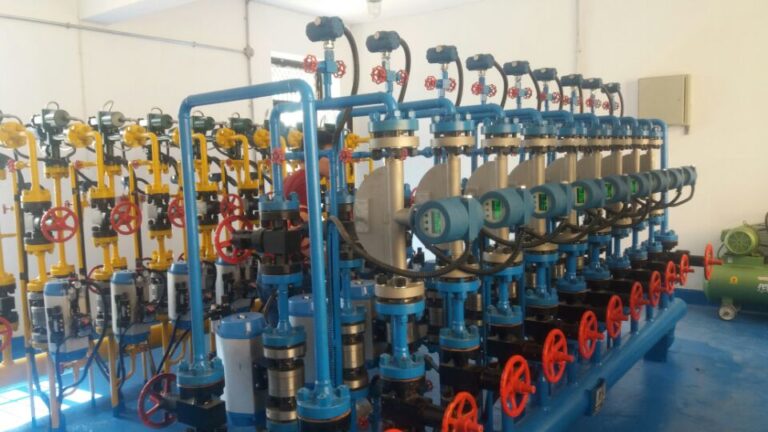
Main corrosion types of chemical instrumentation
Corrosion is caused by physical and chemical reactions between metal and moisture and gas in the external environment, resulting in changes in the surface and internal properties of the metal, resulting in damage to the functional structure of the metal material or parts composed of other components.
In the petrochemical industry, chemical instruments and their components are prone to physical, chemical and electrochemical reactions with the external environment, causing damage to chemical instruments and their components.
Transmitters are commonly used in industrial sites as front-end collection and detection devices. The transmitter oil sensor consists of loose pieces and connecting wires.
These components are made of precious metals to improve the detection accuracy and sensitivity of the equipment. These equipment are exposed to the harsh environment of industrial sites, causing corrosion. Common types of corrosion include:
1. Physical corrosion
Damage to metal materials by external mechanical forces, as well as physical dissolution of metal materials and other reasons, will cause physical corrosion of chemical instruments.
2. Chemical corrosion
The metal materials of the instrument are prone to oxidation-reduction reactions when they come into contact with the gases in the environment.
The contact between the non-electrolyte solution and the metal materials causes oxidative corrosion. These are all chemical corrosions of chemical instruments.
The toxic gas chlorine produced in the chemical plant reacts with the iron element in the instrument components to form ferrous chloride, causing corrosion of the instrument.
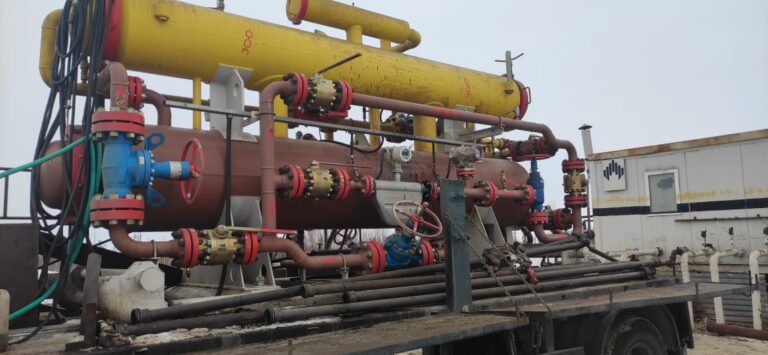
3. Electrochemical corrosion
The most common corrosion occurring in chemical instrumentation is electrochemical corrosion.
In the chemical environment, there are common corrosive substances such as strong acids and strong bases. When the metal material of chemical instrument comes into contact with the electrolyte solution, the principle of galvanic cell reaction occurs, and the active metal material with strong reducing properties loses electrons and is oxidized.
Steel materials are more susceptible to corrosion in humid air. The reason is that the surface of steel reacts in humid air to generate electrolyte. The electrolyte solution and the iron and carbon in the steel form a primary battery device. The iron element loses electrons and is oxidized. Damage to many metallic substances is caused by electrochemical corrosion.
Electrochemical corrosion corrodes the surface and internal parts of the instrument in a short period of time, and the deposits caused by corrosion will affect the precision and accuracy of the instrument.
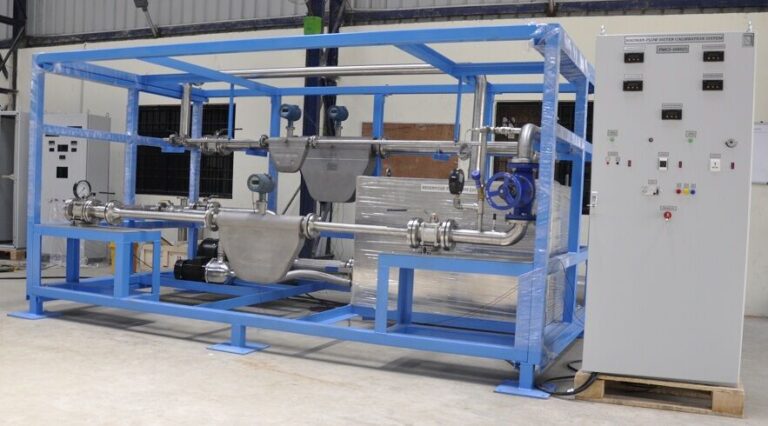
Common methods for anti-corrosion of chemical instruments
In the actual production process, the existence of corrosion causes frequent instrument failure rates. Enterprises frequently replace instruments to ensure the normal operation of production equipment, thus increasing the enterprise’s operation and maintenance costs. Anti-corrosion methods widely used in the chemical industry include: gas isolation method, liquid isolation method, and diaphragm isolation method.
1. Gas isolation method
The principle of gas isolation is to fill the pressure pipe between the detection point and the instrument detection element with air to prevent the detected pressure medium from direct contact with the instrument and protect the instrument from being damaged by the high-pressure measured medium.
The gas isolation method is also called the gas injection protection method, which is used when using a pressure transmitter to measure low pressure or absolute pressure. The pressure change at the detection point is sensed by the air in the pressure guiding tube to the instrument transmitter, and the result is obtained after being detected by the instrument’s sensitive element.
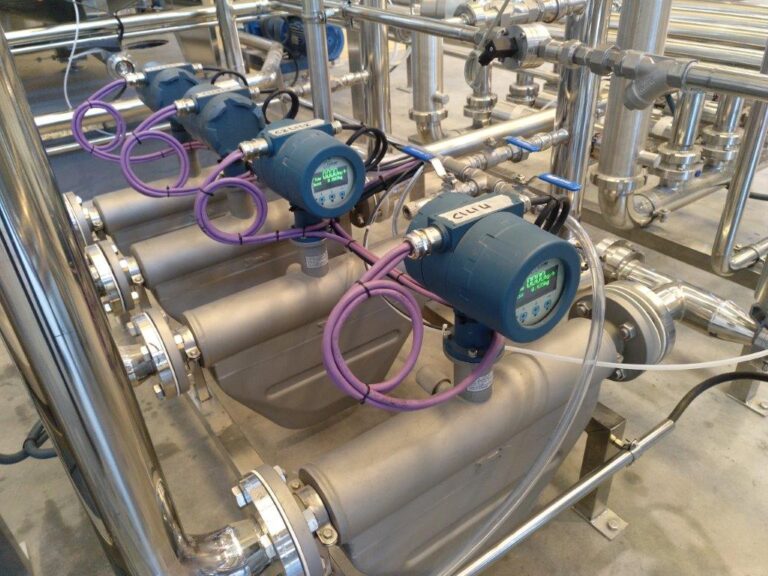
2. Liquid isolation method
When measuring hydrogen chloride, nitrogen oxide, chlorine and other media, fill the isolation tank with perfluorotributylamine or other isolation fluid to isolate the corrosive medium from the metal parts of the detection instrument. The liquid isolation method has some disadvantages.
For example, if a liquid seal is added, a liquid sealing medium will appear. The measured medium may react chemically with the liquid sealing medium, resulting in new corrosion problems and reducing the isolation effect. At the same time, isolation liquids on the market are generally expensive, the filling method is troublesome, and the anti-corrosion effect is not good. In practical applications, the liquid isolation method is not widely used.
3. Diaphragm isolation
Because PTFE has the characteristics of high lubrication, high and low temperature resistance, weather aging resistance, corrosion resistance, non-adhesion, low tension, and low friction coefficient, it is resistant to most chemical solvents and drugs. Therefore, the anti-corrosion isolation diaphragm of chemical instruments is composed of polytetrafluoroethylene.
The specific application method is to use polyperfluoroethylene-propylene or polytetrafluoroethylene diaphragms to adhere or spray on the bellows of the pressure transmitter or the spring tube of the pressure gauge to isolate the corrosive medium and sensing elements for anti-corrosion purposes.
Applications have shown that the polyperfluoroethylene-propylene diaphragm can prevent corrosion from common corrosive media, ensure the accuracy of instrument measurements during the measurement process, and greatly extend the service life of the detection instrument.
In addition, polyperfluoroethylene-propylene diaphragms are relatively cheap. Using diaphragm isolation for anti-corrosion can not only solve the corrosion problem, but also reduce production costs.
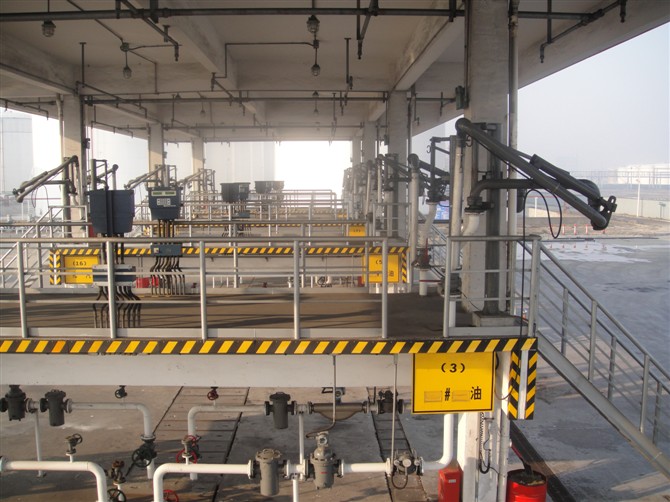
Routine anti-corrosion maintenance of chemical instrumentation
1. Reasonable selection of materials
In many cases, the corrosion of chemical instruments is due to the poor anti-corrosion ability of the materials of chemical instruments, which leads to the corrosion of the instruments. Therefore, it is necessary to choose some materials with strong corrosion resistance.
At the same time, this is also an important way to completely solve the corrosion phenomenon of chemical instrumentation. Since the causes of each corrosion phenomenon are different, each corrosion phenomenon must be analyzed and correct protective measures must be taken to deal with it.
In order to prevent and treat the corrosion of chemical materials, in order to alleviate the corrosion time of chemical materials, it is necessary to be able to select reasonable chemical materials. The use of materials with strong corrosion resistance to produce chemical instruments can effectively prevent corrosion.
However, the selection of chemical instrument materials cannot only consider corrosion resistance. The selected materials must have good performance and can be based on the production working environment of the instrument, the cost of the instrument, and the corresponding supply situation.
The performance of the material is very important, and its mechanical properties, physical properties, etc. will have a decisive effect on the working conditions of the instrument.
Mainly because of the different chemical compositions and material contents contained in them, and another point is to carefully analyze the working environment of chemical instruments, especially the humidity in the working environment and the content of corrosive substances, etc., which will affect The service life of chemical instruments and daily work efficiency must be comprehensively considered.
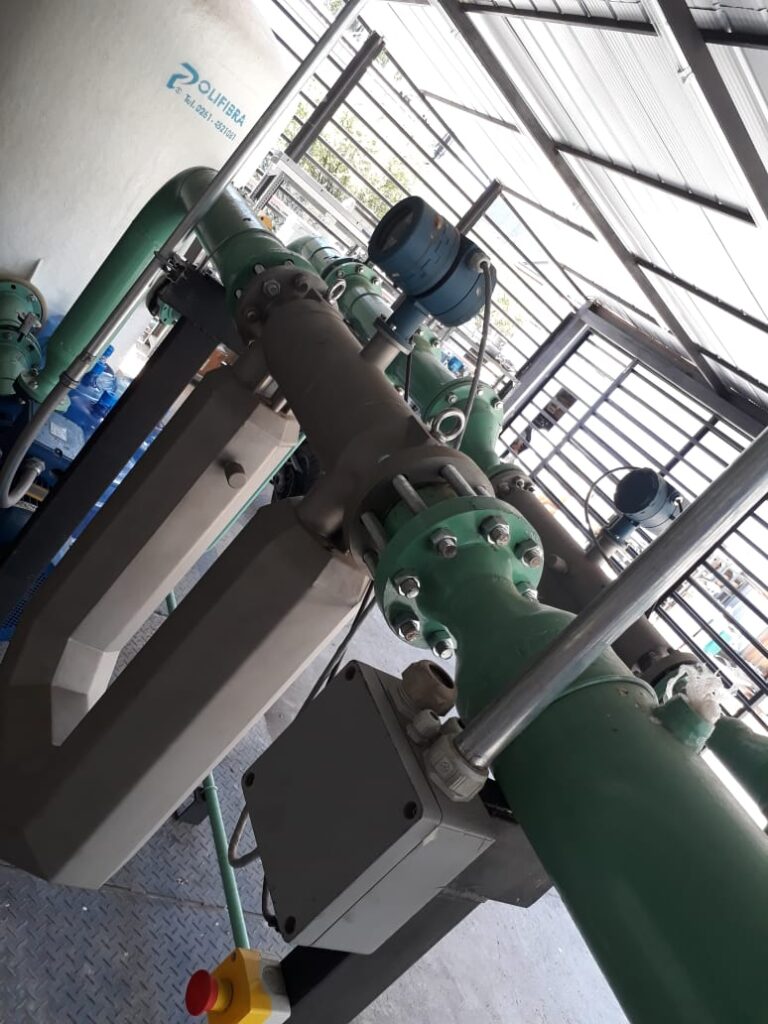
2. Add a protective layer
Making a protective layer on instrument parts or components is a very common anti-corrosion method in industry. According to the different materials and forming principles of the protective layer, it can be divided into the following three types:
Metal protective layer, including spraying, electroplating, hot dip, carburizing, etc.
Non-metal protective layer, such as paint, acid-resistant cement, rubber, plastic, enamel, etc.;
Non-metal protective film, which is chemically treated on the metal surface to form protective films such as oxide film and phosphate film.
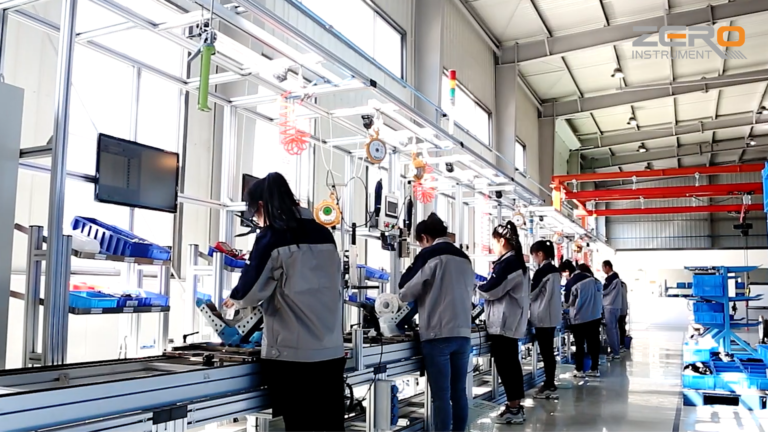
3. Use isolation fluid
This is an effective method to prevent direct contact between corrosive media and the instrument. When it is impossible to choose a suitable corrosion-resistant instrument, isolation fluid can be used to achieve the purpose of isolation. Isolation fluid is often used for pressure, flow, and liquid level measurement of corrosive media.
The isolating fluid must neither dissolve or chemically interact with the measured medium, nor be corrosive to the measuring components of the instrument.
The density of the isolation fluid should be different from the density of the medium being measured and the working medium of the instrument, and its density and viscosity should not change significantly when the ambient temperature changes; it should also have good fluidity.
In case of accident, when the isolation liquid is mixed into the measurement pipeline, it should not affect the use of the measured medium.
For example, glycerin aqueous solution is suitable for oil, water gas, semi-water gas, C1, C2 and other hydrocarbons; ethanol is suitable for propane, butane and other media; methyl silicone oil is suitable for various gases and liquids except dehumidified chlorine gas.
4. Diaphragm isolation
Corrosion-resistant diaphragms are used to isolate the isolation fluid or filling fluid from the measured medium to achieve anti-corrosion purposes. It is suitable for highly corrosive media and situations where it is difficult to isolate in pipes or containers. It is usually suitable for pressure measurement and is not suitable for differential pressure measurement.
The isolation diaphragm should be elastic and impermeable, such as commonly used diaphragm pressure gauges, single flange anti-corrosion pressure transmitters, etc.

5. Blowing method
This is to use blown air (or inert gas such as nitrogen) to isolate the corrosion effect of the measured medium on the measuring components of the instrument. The air blowing method is usually used in normal pressure or low pressure liquid level measurement systems.
The blown gas should not interact with the corrosive measured medium. Based on the principle of constant pressure of the air blowing method, the liquid blowing (clean liquid such as water) method has also been applied in flow and liquid level measurement systems. For example, steam condensate is blown into the medium to isolate the corrosion of the measuring components of the instrument and eliminate the blockage of the pressure pipe.
To sum up, with the rapid economic development, people’s demand for chemical products is also increasing, which requires enterprises to improve production efficiency.
The application of automated instrument equipment has greatly improved the production efficiency of enterprises, but enterprises must focus on the anti-corrosion treatment of instruments to solve the problem of instrument corrosion and improve the economic benefits of the enterprise.
